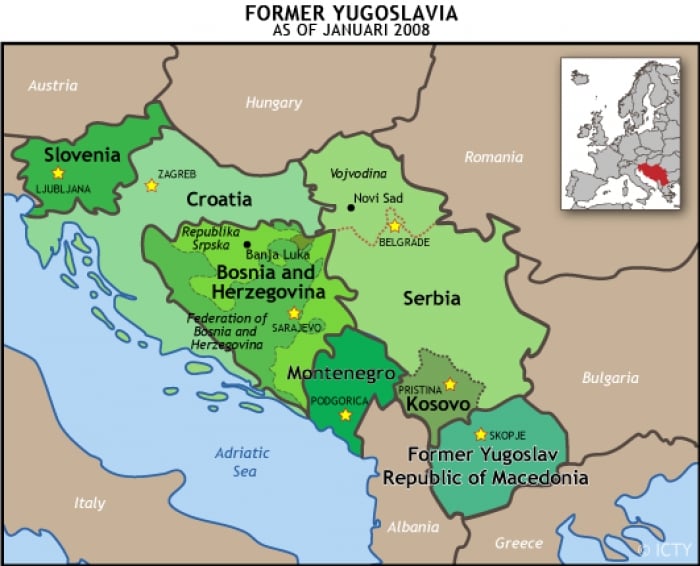If you were to ask me what was my favourite region in Europe to explore, I would definitely say former Yugoslavia. This name used to refer to the communist republic known as the Socialist Federal Socialist Republic of Yugoslavia (SFRY), but with its dissolution in the early 1990s, has now come to describe the southwestern part of Europe which the former state occupied.
Today, the region of former Yugoslavia consists of six different republics: Bosnia and Herzegovina, Croatia, Macedonia, Montenegro, Serbia (including the region of Kosovo) and Slovenia. This part of Europe also overlaps with part of the Balkans, which includes countries such as Albania, Bulgaria, Greece and Romania.
Despite being less expensive to travel around than Western Europe, Yugoslavia is still unvisited by many nationalities, including Singaporeans! This is rather unfortunate, as the region does hold magnificent sights that can rival the scenery elsewhere in Europe. On top of that, it offers easy access to Halal food due to its large Muslim population – a bonus for Muslim travellers.
Still wondering how the former Yugoslavia is like? Well, let me take you on a visual tour of this region:
Slovenia
Here’s a fun fact: Slovenia is the only country in the world with ‘love’ in its name! And the theme of love definitely pervades this country, as evident from its capital of Ljubljana, which roughly translates to ‘beloved’ in Slovene. Ljubljana may be one of Europe’s smallest capital cities (with a population of approximately 280,000), but its rich cultural scene, youthful vibrancy, offbeat hangouts and impressive baroque buildings more than make up for any of its shortcomings.
Also read: One Week Itinerary for Slovenia
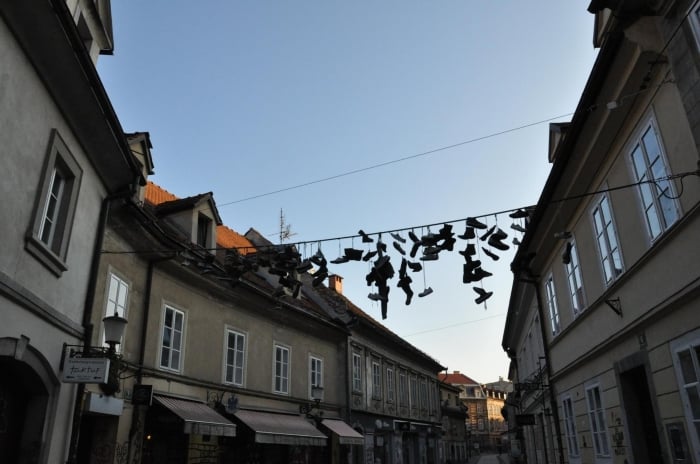
Shoes hanging from a clothesline – school’s out!
With many interesting statues scattered amidst the picturesque architecture, Ljubljana is a city ripe for exploration. You can visit the city’s flower market in the morning, or discover its many artsy quarters. I found a street which had shoes hanging from a clothesline, which was apparently a student tradition to mark the end of their semester! Ljubljana is also a hub for local and foreign exchange students, making student parties a common sight across the city.
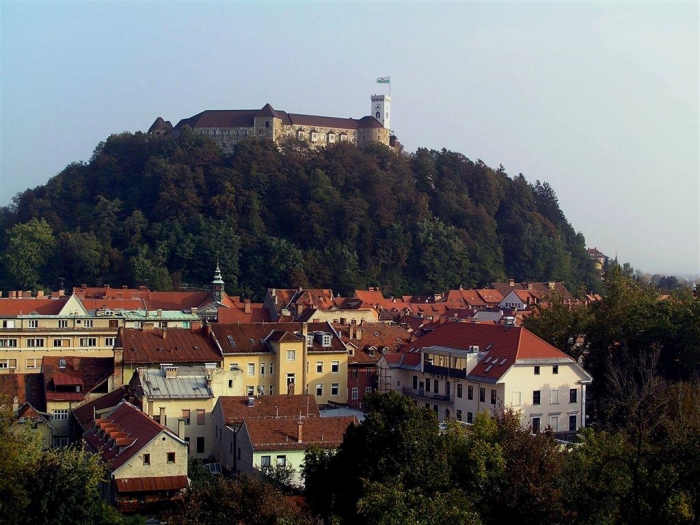
The view is lovely from up there.
For beautiful panoramic views of Ljubljana, head towards the Ljubljana castle on the city’s hill. The castle is also the site for more lavish events – there was a Halloween party held there the last time I visited.
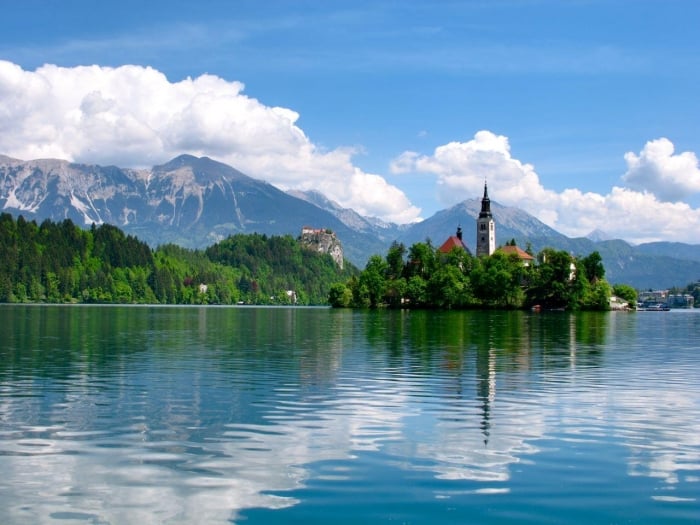
The emerald Lake Bled, with its waters surrounding the lovely island of Bled that sits in the middle of the lake.
Besides Ljubljana, do visit Lake Bled. Located at the foot of the Julian Alps in Northwest Slovenia, Lake Bled offers the ideal picturesque scenery of mountains, forests and water. The lake also surrounds the small island town of Bled, which is home to the romantic white Church of the Assumption, a mythical Baroque building that attracts numerous couples due to its local traditions. You can admire the scenery on the shores of the lake, then take a boat to Bled to view the church.
Croatia
One of the four countries where the acclaimed TV series Game of Thrones is filmed at, Croatia has been growing in popularity as a tourist destination. The TV series has largely popularised the city of Dubrovnik, whose impressive city walls and forts have become an ideal filming location for the fictional city of King’s Landing.
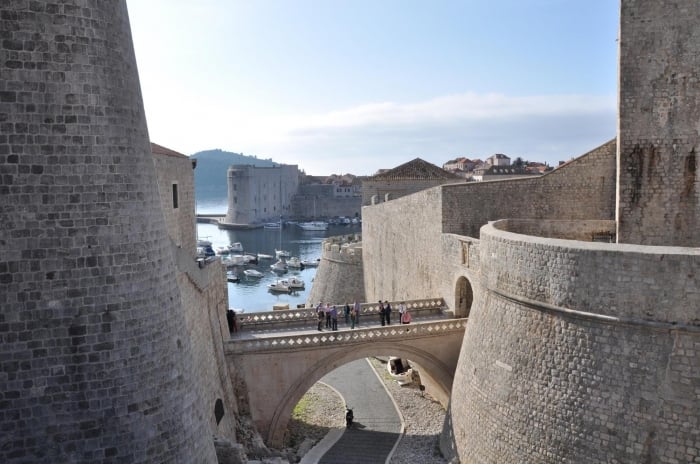
Dubrovnik’s renowned fort.
Dubrovnik is not the only Croatian city with architecture marvels, however. Travel along the coastline to the cities of Zadar and Split, which have been remarkably preserved since antiquated times. Zadar is well-known for its large organ by the sea, which plays music by way of sea waves and tubes located underneath a set of large marble steps. The city of Split houses the ancient Roman Palace of Emperor Diocletian, built at the start of the fourth century!
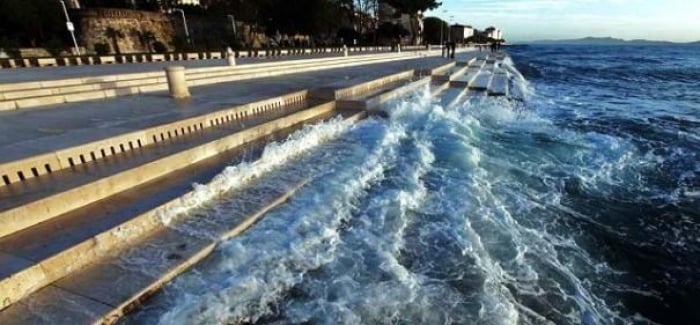
Zadar’s organ by the sea
Croatia also offers various opportunities to party the day away during the summer! The islands of Croatia such as Pag or Hvar make a cheaper alternative to Ibiza, with party yachts cruising the Adriatic Sea and youthful people making merry way past sunset. The country also hosts numerous summer festivals featuring many famous international performers.
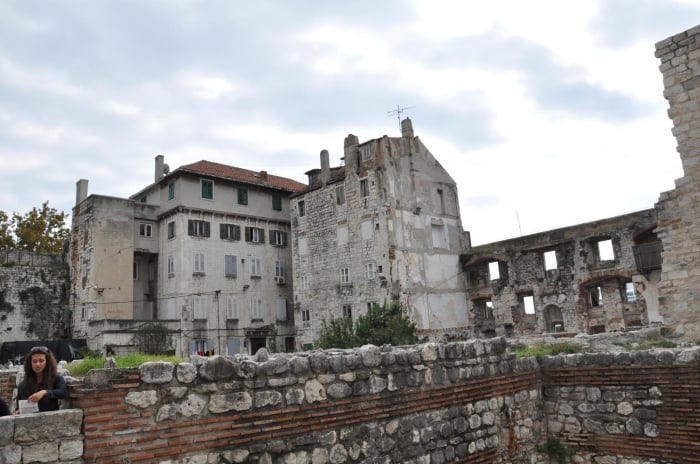
Exterior of the Diocletian Palace, Split
Nature still remains my favourite part of Croatia, or more specifically, the Plitvice lakes. This UNESCO heritage site consists of 16 lakes, interconnected by amazing turquoise waterfalls. The lakes are also nestled in the middle of a national park of the same name, which makes hikes there enjoyable ones through lush forests of rich biodiversity.
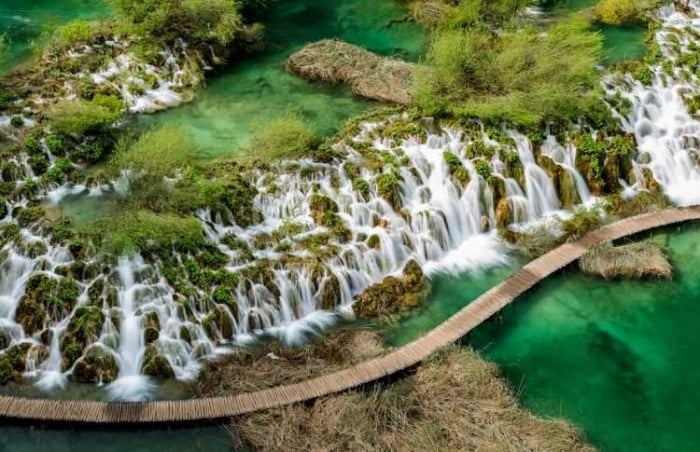
Plitvice Lakes National Park
Bosnia and Herzegovina
Across the border from Croatia is Bosnia and Herzegovina, a country with a long history of conflict. With cobbled streets, numerous mosques and Oriental-style architecture, the country’s cities seem worlds away from the rest of Europe. I actually had to remind myself that I was in former Yugoslavia instead of the Middle East whenever I heard the Muslim call-to-prayer there! Bosnia and Herzegovina is also religiously diverse country, making it easy to find churches, mosques and synagogues in any of its cities.
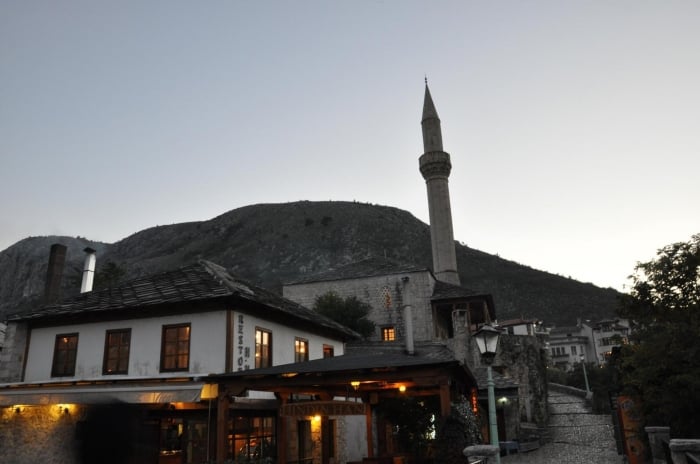
Minarets that echo the call of prayer are a common sight in Bosnia and Herzegovina.
The best way to immerse yourself in Bosnia and Herzegovina is to visit the city of Mostar. Situated on the banks of the Neretva River, this city has multiple religious sites built in various architectural styles. Mostar also contains one of the most famous Islamic-style buildings in the Balkans: the Old Bridge. Built by the Ottomans in the 16th century, the Old Bridge is a popular landmark for visitors was well as a jump point for the city’s freestyle diving competition.
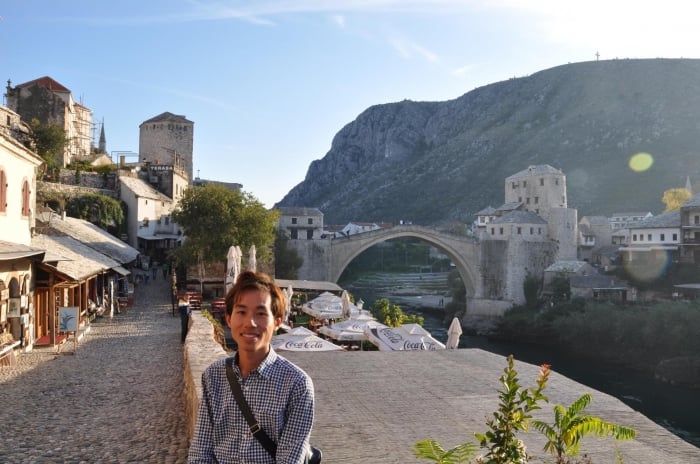
Mostar Old Bridge in the background.
Another city in Bosnia and Herzegovina to visit is the country’s capital of Sarajevo. Also called the “Jerusalem of Europe”, Sarajevo is the only major European city to have a mosque, Catholic church, Orthodox church and synagogue within the same neighbourhood! The city also bear numerous monuments from its various conflicts, such as the bridge where Archduke Ferdinand was assassinated, which sparked off World War I. Fortunately, with the country settling in a period of peace, Sarajevo now serves as a model of inter-religious cooperation and harmony.
Also read: 10 Reasons Why You Should Have a Life-Changing Trip to Bosnia
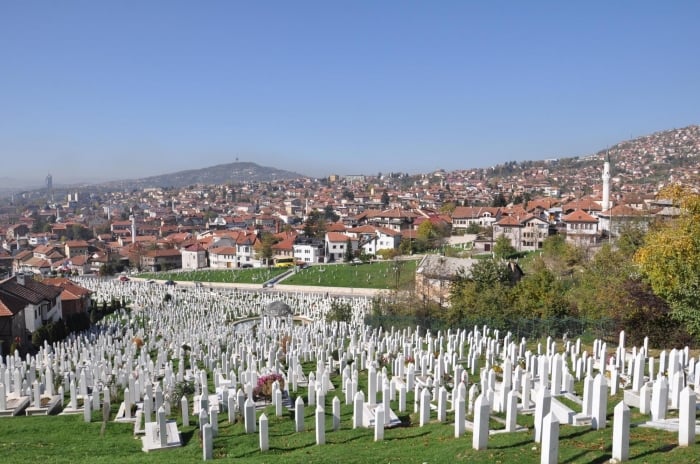
Grim reminders of the war in Sarajevo, where many innocent lives were killed.
Serbia
East of Bosnia and Herzegovina is Serbia, where words are written in Cyrillic and not in Latin alphabets. Serbia offers plenty to do throughout the year, from skiing at its mountain resorts (in the winter) to visiting its capital city of Belgrade and the national parks (in the summer).
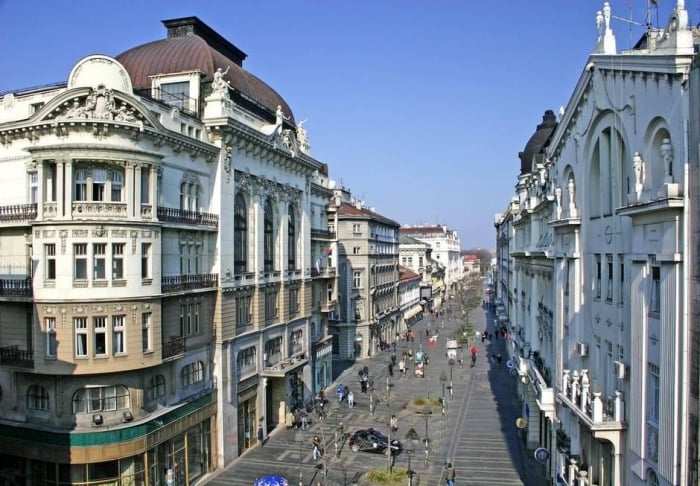
Main street in Belgrade.
Belgrade itself might not as beautiful as its compatriots throughout the region, but it compensates that with an air of adventure that makes it one of the most lively cities in Europe. As you walk through the bustling streets, spot the socialist blocks scattered between art nouveau masterpieces – these are the lingering remnants of its chaotic, conflict-ridden past.
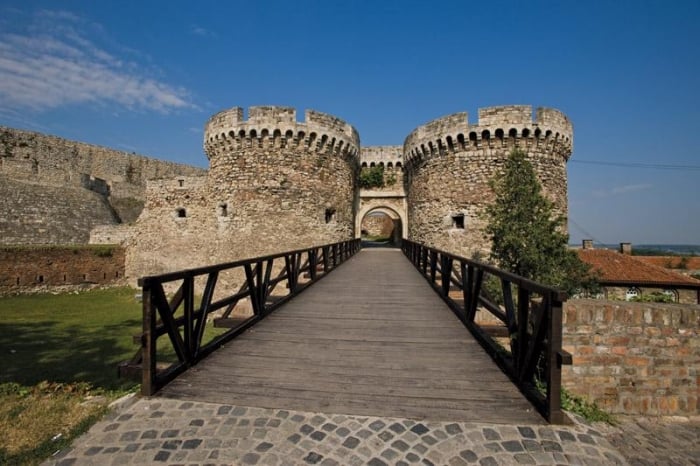
Belgrade fortress is within walking distance from the Old Town.
Montenegro
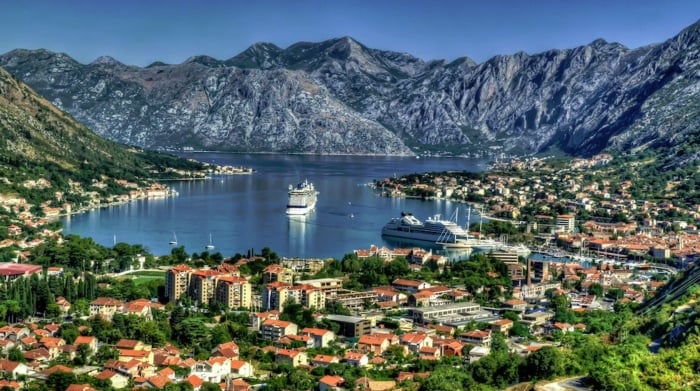
In the morning you can wake up along the beautiful Adriatic coast, have lunch on the banks of Skadar Lake, and enjoy an evening walk in the Montenegrin mountains.
With lovely beaches, clear lakes, and gorgeous mountains, Montenegro is a hidden gem along the Adriatic coast. Once an independent kingdom, Montenegro became a part of various other countries after World War I. It only regained its independence in 2006, splitting away from Serbia.
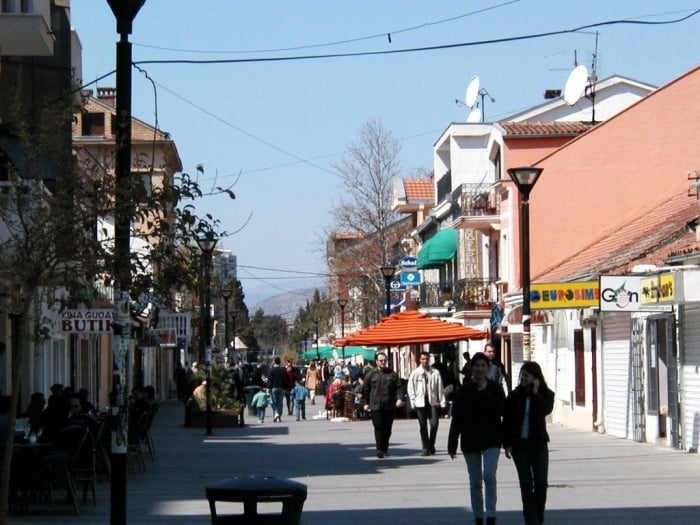
The capital city of Podgorica lies in the Skadar region and the city has undergone five name changes.
Podgorica, the capital city, is a perfect starting point for touring the country. The city is located in central Montenegro near the beautiful Lake Skadar, making it convenient to access both the seaside resorts in the south, and the towering Montenegrin mountains in the north. Podgorica is also a short one- to two-hour drive to Budva, a town rich in cultural and historical significance.
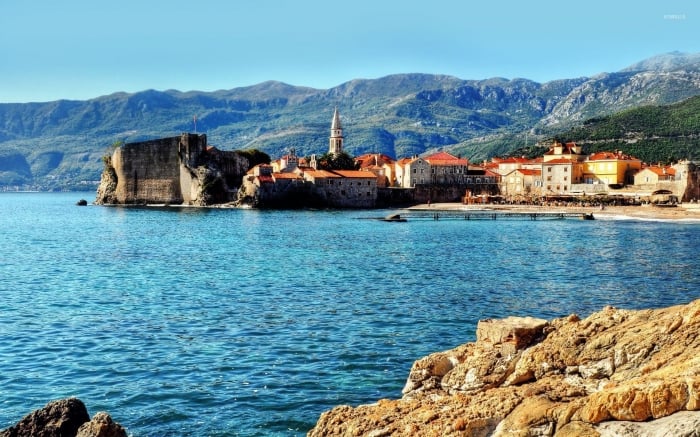
Budva along the Adriatic sea.
Kosovo
Just like Montenegro, Kosovo used to be part of Serbia but broke away in 2008. Unfortunately, its declaration of independence is still not recognised by Serbia and some members of the international community. Kosovo’s political conundrum is not reflective of its beauty, however. The republic is filled with charming mountain towns, incredible hiking opportunities and 13th-century domed Serbian monasteries!
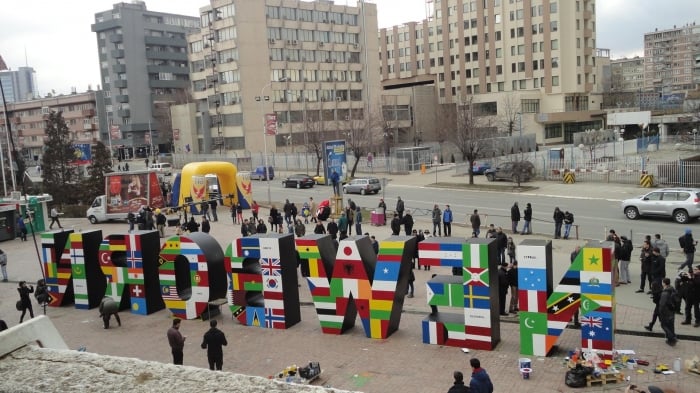
Bustling town of Pristina with high-rise buildings in the background.
For a more urban experience, check out Kosovo’s capital city, Pristina. Stroll along the streets and admire the Ottoman style monuments, or visit the ancient mosques and cathedrals that dot the cityscape. You can also head to the Bazaar of Pristina, a large, bustling street market where vendors offer everything from fresh produce to car parts.
Also read: 10 Underrated Countries in Europe You Might Not Know About
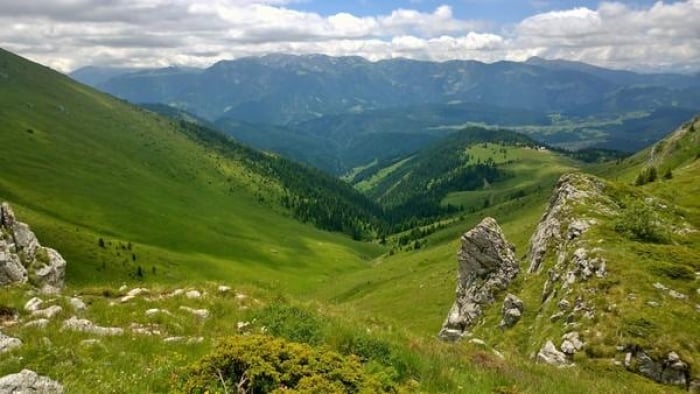
The beauty of hiking in the mountains in Kosovo.
Macedonia
As the southernmost state in the former Yugoslavia region, Macedonia was spared the inter-ethnic violence that raged in other parts of the Balkans following the dissolution of Yugoslavia. Sadly, it suffered years of internal conflict after its independence. With the advent of peace in 2001, Macedonia has blossomed into an excellent vacation destination.
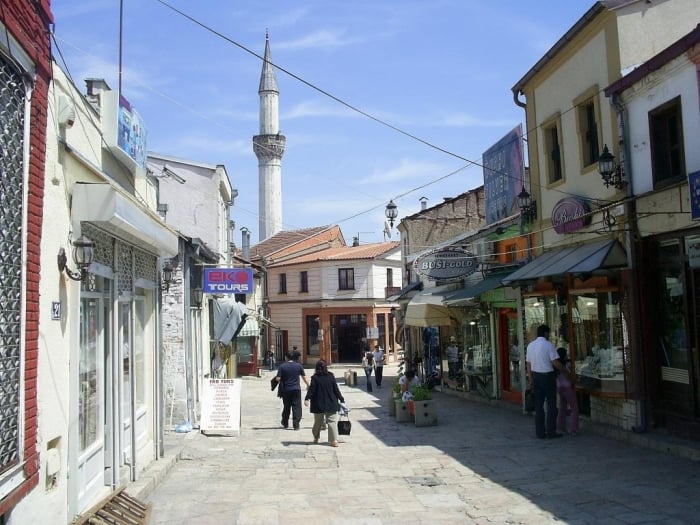
The streets of the Old Bazaar, Skopje, are one of the best preserved in the Balkans.
There are two places that you must visit in Macedonia: the capital city of Skopje and the quaint hamlet of Ohrid. The birthplace of Mother Teresa, Skopje has recently undergone revitalisation, with new bridges, monuments and wide public squares constructed for the locals to mingle.
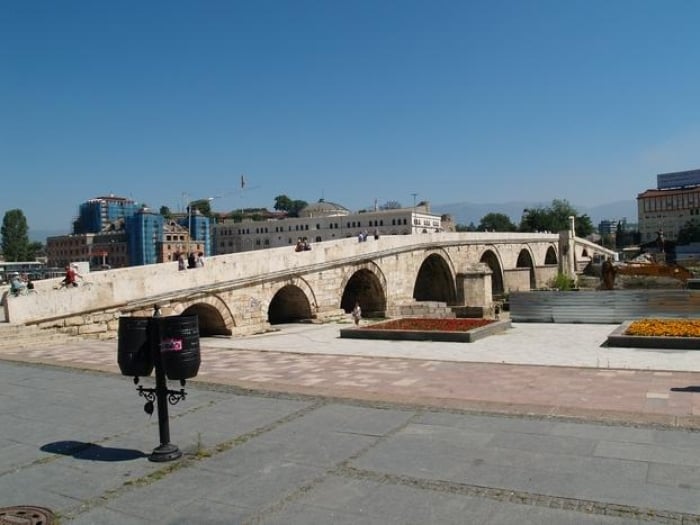
Stone bridge in Skopje.
The lakeside town of Ohrid, on the other hand, offers a quiet retreat from urban life. As one of the oldest human settlements in all of Europe, Ohrid is also a UNESCO World Heritage Site. You can enjoy a tranquil walk along the shores of the lake, nicknamed “Macedonia’s freshwater sea” because of its warm blue colours.
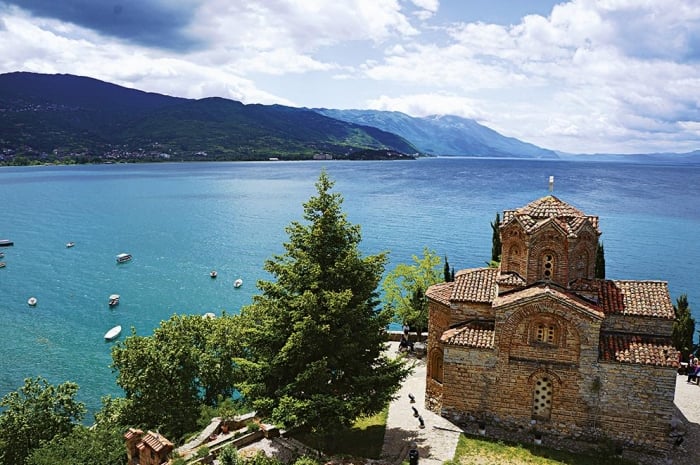
The town of Ohrid, as next to the lake of the same name.
From Macedonia, one can continue southwards to Greece and Albania, or westwards to Bulgaria! Unfortunately, I would have to leave that to another trip and another time. It has been wonderful to travel about the former Yugoslavia region, with its spectacular scenery and cultural treasures!
